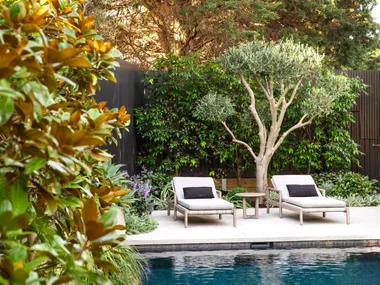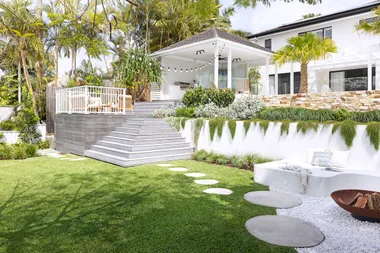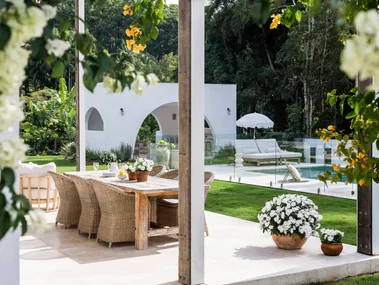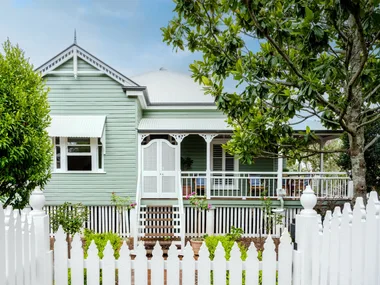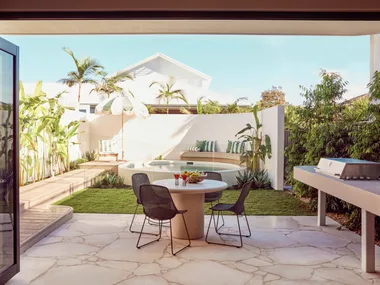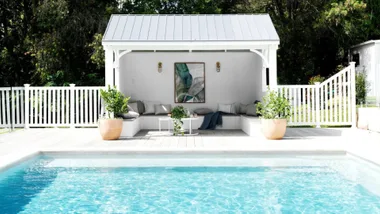Last month, we embarked on the exciting journey of helping you to design and create your very own dream garden. If you’re following along, you should now have a better idea of what your needs and wants are for your own space, understand your outdoor area, including the way that the sun moves across your property, and know your soil type and the pH levels of your soil as well. This month, we’ll start to build upon the hard work you’ve already accomplished.
Creating your new garden design
View your garden from your home
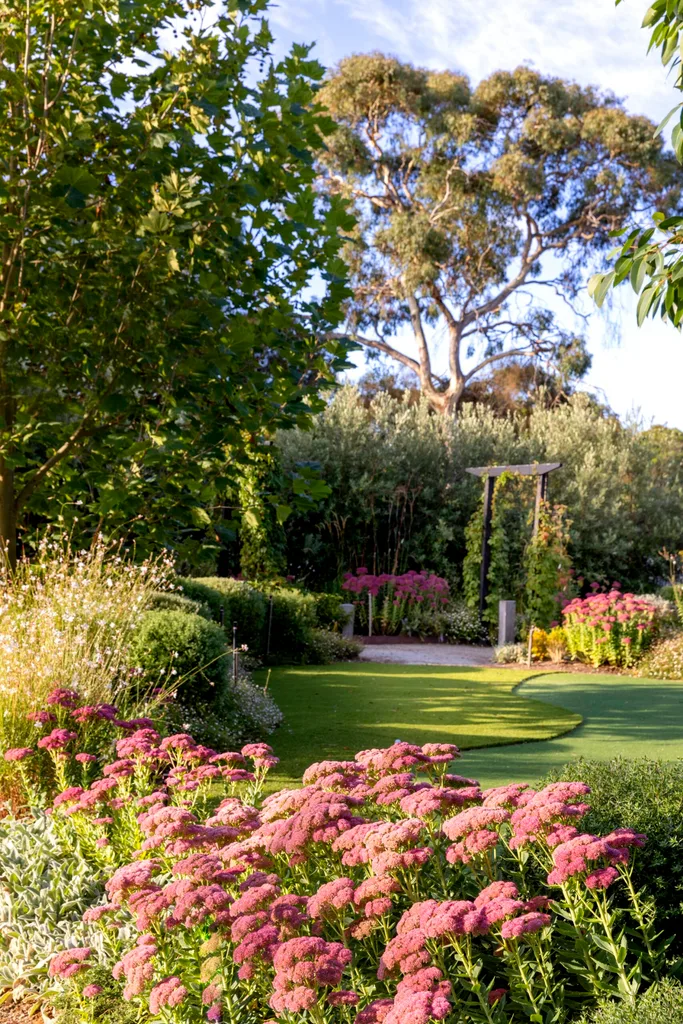
Firstly, it’s time to step inside. Take a moment to observe. While it may sound amusing, the truth is that much of the time spent enjoying your garden will be from within your home. Therefore, it’s essential to ensure that the views you have from your windows highlight beautiful elements of your garden rather than something like an unsightly shed.
Start drawing up your plan
Once you’ve established your sightlines, it’s time to begin sketching. Having completed your survey plan showing your house and boundary lines, you can easily lay tracing paper over it. This will enable you to sketch freely without damaging your original survey. Now, roughly outline the areas from your wish list and must-haves, such as outdoor seating, a swimming pool, a lawn or a vegetable garden.
Create a journey through the garden
As a traditional garden designer, I believe in crafting garden rooms and pathways that guide you through the space, rather than a straight, uninspiring path that divides your garden in half. With this in mind, connect the areas of your garden to form ‘The Journey,’ linking the various elements together.
At this stage of the design process, you should have a layout plan that incorporates your wish list and must-have items, along with pathways that connect the various areas from the front to the back of your garden. Once you’ve outlined these features and pathways, the remaining and surrounding spaces will naturally become your garden beds.
Put together a mood board
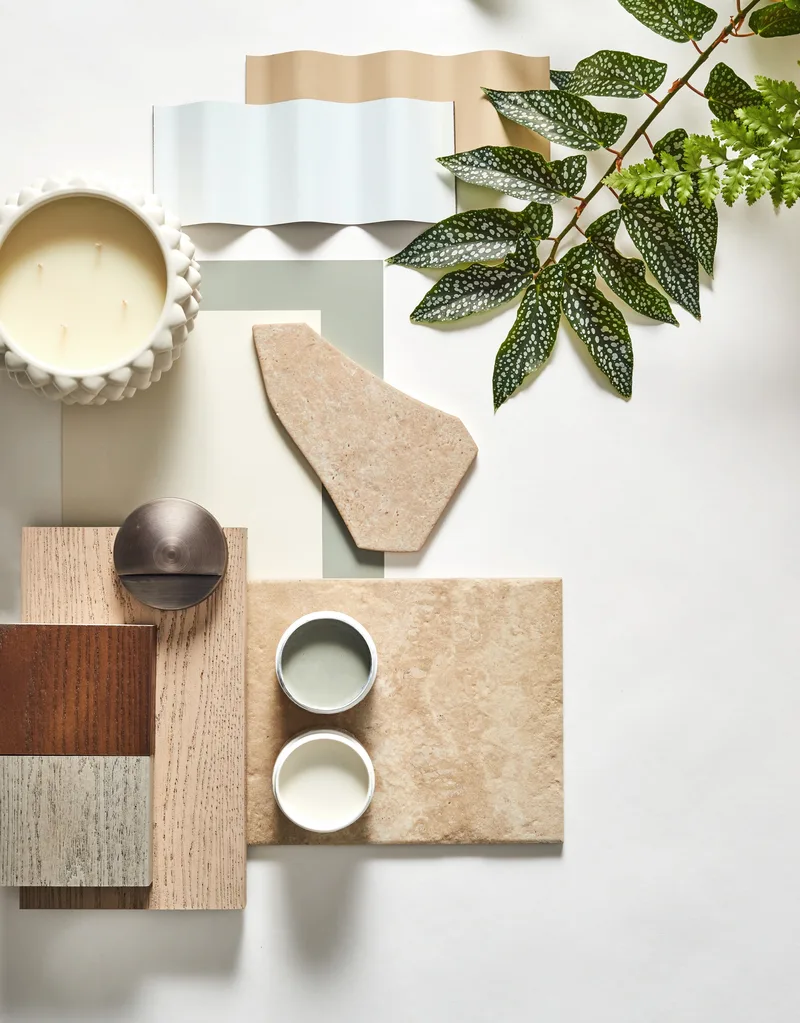
Next, it’s time to create your mood board. This allows you to blend different ideas and finishes inspired by others. Explore Pinterest, Instagram and magazines to gather inspiration. However, keep in mind that what works in one part of the world may not be suitable for your area and climate. Include examples of completed spaces as well as materials that resonate with your vision.
To complement your mood board, visit local landscape suppliers and hardware stores. Gather sample pieces of paving, timber, gravel and paint swatches. Once you’ve collected a variety of these materials, bring them home and arrange them on a large table. This will allow you to see how the colours and textures work together.
Next month, I’ll share the following steps for creating your dream garden. For those with established gardens, here’s what I’m working on this month. If it applies to your space and climate, you could follow my lead.
Catch up on part one of Ashley James’ garden design series
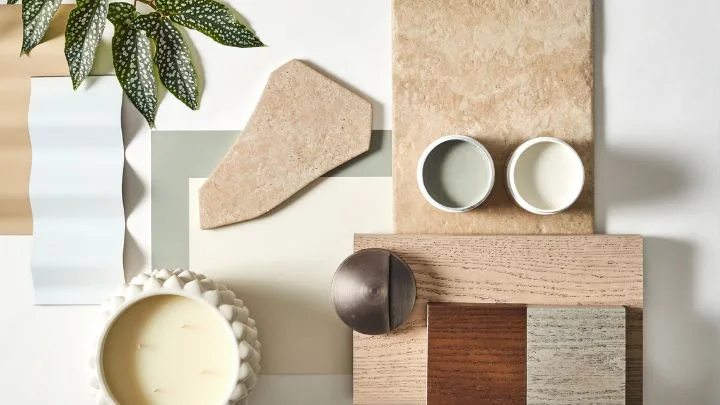 Photography: Allie Aszodi
Photography: Allie Aszodi

